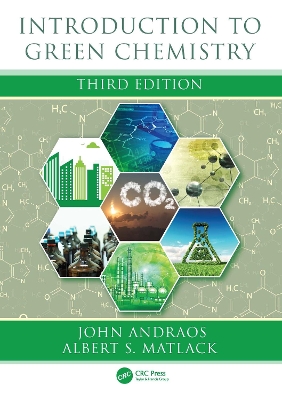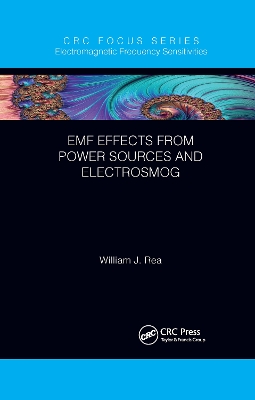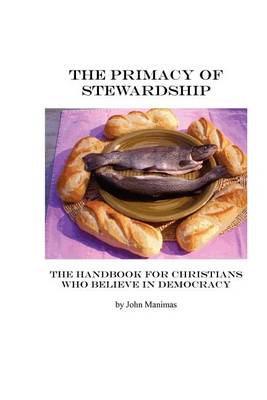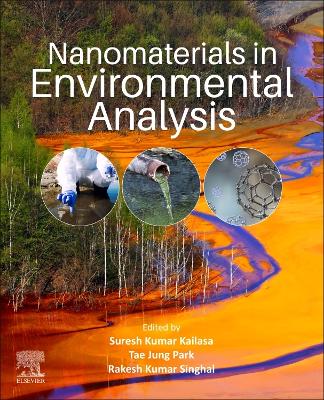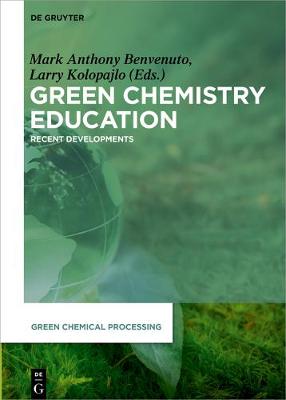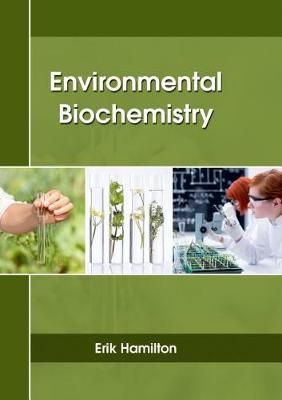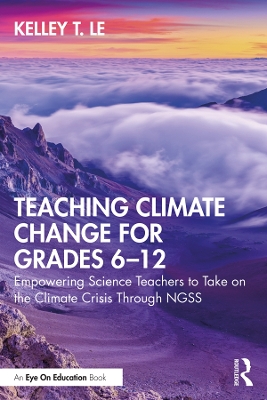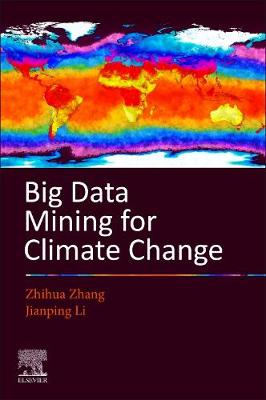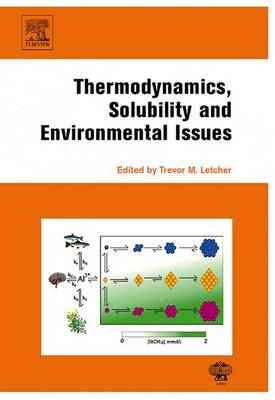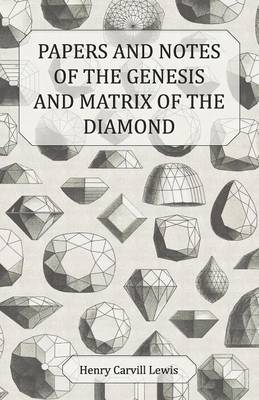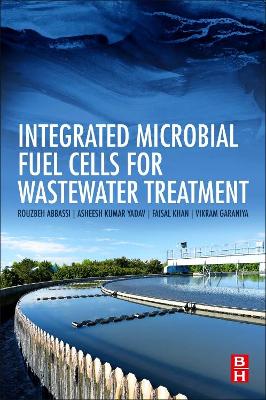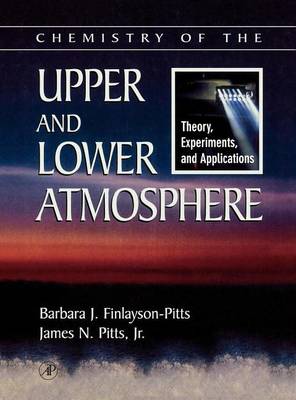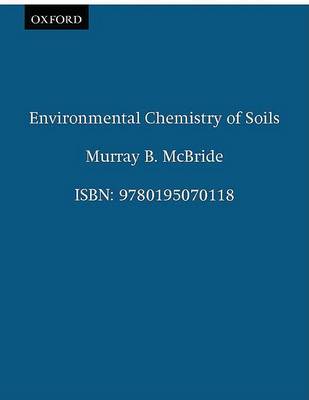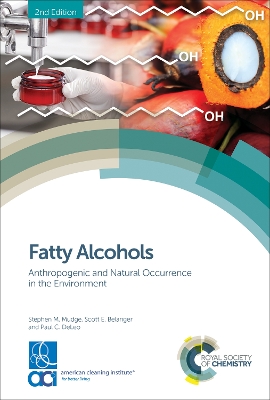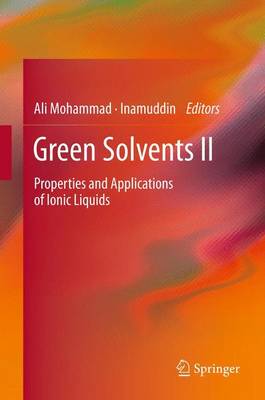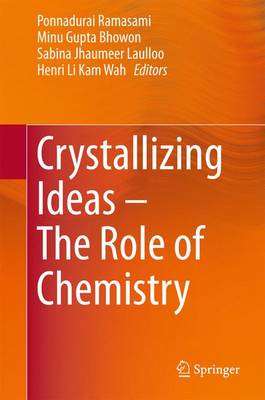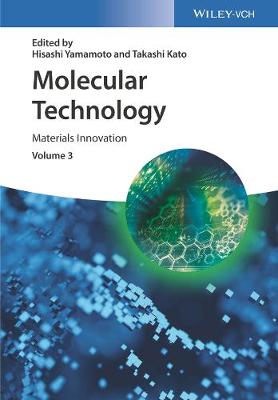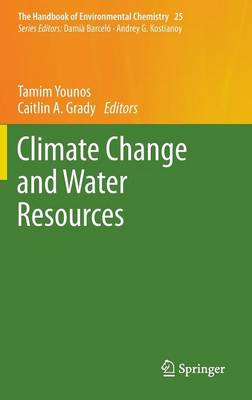Interest in green chemistry and clean processes has grown so much in recent years that topics such as fluorous biphasic catalysis, metal organic frameworks, and process intensification, which were barely mentioned in the First Edition, have become major areas of research. In addition, government funding has ramped up the development of fuel cells and biofuels. This reflects the evolving focus from pollution remediation to pollution prevention. Copiously illustrated with more than 800 figures, t...
EMF Effects from Power Sources and Electrosmog (Electromagnetic Frequency Sensitivities)
The field of electromagnetic sensitivity is the new epidemic of the 21st century, and can cause disease of the automatic nerve system in any part of the body. This is as a result of chemical sensitivity, in which over 80,000 chemicals are involved, resulting in innumerable combinations. A cursory understanding of the combinations can help clinicians partially understand the associated problems and thus help in the diagnosis and treatment of electromagnetic sensitivities. But a basic understandin...
Chemistry of the Environment
by Ronald A Bailey, Herbert M Clark, James P Ferris, Sonja Krause, and Robert L Strong
Emphasizing new science essential to the practice of environmental chemistry at the beginning of the new millennium, Chemistry of the Environment describes the atmosphere as a distinct sphere of the environment and the practice of industrial ecology as it applies to chemical science. It includes extensive coverage of nuclear chemistry, covering both natural environmental sources and anthropogenic sources, their impacts on health, and their role in energy production, that goes well beyond the new...
Honey Bee Colony Health (Contemporary Topics in Entomology)
by Diana Sammataro
This book summarizes the current progress of bee researchers investigating the status of honey bees and possible reasons for their decline, providing a basis for establishing management methods that maintain colony health. Integrating discussion of Colony Collapse Disorder, the chapters provide information on the new microsporidian Nosema ceranae pathogens, the current status of the parasitic bee mites, updates on bee viruses, and the effects these problems are having on our important bee pollin...
Nanomaterials in Environmental Analysis
by Suresh Kumar Kailasa, Tae Jung Park, and Rakesh Kumar Singhal
In todays’ world with its widespread usage of personal-care products, pharmaceuticals, surfactants, flame retardants, plasticizers, various industrial additives, metals and metalloids, pesticides, and pesticide metabolites, environmental contaminants are an increasing source of pollution with a severe effect on the ecological system. Industry that produces these contaminants must find answers to remediate this. Nanomaterials in Environmental Analysis contributes to solving this problem by provi...
Green Chemistry Education (Green Chemical Processing)
The "greening" of industry processes, i.e. making them more sustainable, is a popular and often lucrative trend which has emerged over recent years. The 4th volume of Green Chemical Processing considers sustainable chemistry in the context of education and explores didactic approached. The American Chemical Society's 12 Principles of Green Chemistry are woven throughout this text as well as the series to which this book belongs.
Looking to tackle climate change and climate science in your classroom? This timely and insightful book supports and enables secondary science teachers to develop effective curricula ready to meet the Next Generation Science Standards (NGSS) by grounding their instruction on the climate crisis. Nearly one-third of the secondary science standards relate to climate science, but teachers need design and implementation support to create empowering learning experiences centered around the climate cr...
Computational Radon Transport Mechanisms
by Snehashish Chakraverty and Tharasi Dilleswar Rao
Computational Radon Transport Mechanisms considers various mathematical modeling techniques for understanding radon transport mechanisms across various mediums, including soil, concrete and water. Clearly organized by types of problems, including steady and unsteady states, inverse problems, and uncertainty, the book provides clear solutions to understanding and analyzing radon transport mechanisms. In addition, the book considers recent advances that have proposed different analytical, semi-ana...
Climate change mechanisms, impacts, risks, mitigation, adaption, and governance are widely recognized as the biggest, most interconnected problem facing humanity. Big Data Mining for Climate Change addresses one of the fundamental issues facing scientists of climate or the environment: how to manage the vast amount of information available and analyse it. The resulting integrated and interdisciplinary big data mining approaches are emerging, partially with the help of the United Nation’s big dat...
Thermodynamics, Solubility and Environmental Issues
by Trevor M Letcher
Environmental problems are becoming an important aspect of our lives as industries grow apace with populations throughout the world. Thermodynamics, Solubility and Environmental Issues highlights some of the problems and shows how chemistry can help to reduce these them. The unifying theme is Solubility - the most basic and important of thermodynamic properties. This informative book looks at the importance and applications of solubility and thermodynamics, in understanding and in reducing chemi...
Papers and Notes of the Genesis and Matrix of the Diamond
by Henry Carvill Lewis
Integrated Microbial Fuel Cells for Wastewater Treatment
by Rouzbeh Abbassi, Asheesh Kumar Yadav, Faisal Khan, and Vikram Garaniya
Current wastewater treatment technologies are not sustainable simply due to their high operational costs and process inefficiency. Integrated Microbial Fuel Cells for Wastewater Treatment is intended for professionals who are searching for an innovative method to improve the efficiencies of wastewater treatment processes by exploiting the potential of Microbial Fuel Cells (MFCs) technology. The book is broadly divided into four sections. It begins with an overview of the "state of the art" bi...
Chemistry of the Upper and Lower Atmosphere
by Barbara J Finlayson-Pitts, Jr James Pitts, and James N Pitts Jr
Here is the most comprehensive and up-to-date treatment of one of the hottest areas of chemical research. The treatment of fundamental kinetics and photochemistry will be highly useful to chemistry students and their instructors at the graduate level, as well as postdoctoral fellows entering this new, exciting, and well-funded field with a Ph.D. in a related discipline (e.g., analytical, organic, or physical chemistry, chemical physics, etc.). Chemistry of the Upper and Lower Atmosphere provides...
This introduction to modern soil chemistry describes chemical processes in soils in terms of established principles of inorganic, organic, and physical chemistry. The text provides an understanding of the structure of the solid mineral and organic materials from which soils are formed, and explains such important processes as cation exchange, chemisorption and physical absorption of organic and inorganic ions and molecules, soil acidification and weathering, oxidation-reduction reactions, and de...
Fatty alcohols are mainly used in the production of detergents and surfactants. They are also components of cosmetics, foods and as industrial solvents. The 2008 edition originated from a multi-year review of the occurrence, behaviour and use of fatty alcohols to inform the registration of such chemicals through the REACH process in the EU. This review highlighted areas requiring further research. In this expanded edition, new information regarding products containing fatty alcohol derivatives...
Green Solvents II
The conventional solvents used in chemical, pharmaceutical, biomedical and separation processes represent a great challenge to green chemistry because of their toxicity and flammability. Since the beginning of “the 12 Principles of Green Chemistry” in 1998, a general effort has been made to replace conventional solvents with environmentally benign substitutes. Water has been the most popular choice so far, followed by ionic liquids, surfactant, supercritical fluids, fluorous solvents, liquid pol...
Crystallizing Ideas – The Role of Chemistry
Twenty-three carefully selected, peer-reviewed contributions from the International Conference on Pure and Applied Chemistry (ICPAC 2014) are featured in this edited book of proceedings. ICPAC 2014, a biennial meeting, was held in Mauritius in June 2014. The theme of the conference was “Crystallizing Ideas: The Role of Chemistry” and it matched the declaration of the year 2014 as the International Year of Crystallography. ICPAC 2014 was attended by 150 participants from 30 countries. The chapter...
Molecular Technology, Volume 3
Edited by foremost leaders in chemical research together with a number of distinguished international authors, this third volume summarizes the most important and promising recent developments in material science in one book. Interdisciplinary and application-oriented, this ready reference focuses on innovative methods, covering new developments in photofunctional materials, polymer chemistry, surface science and more. Of great interest to chemists as well as material scientists alike.
Climate Change and Water Resources (The Handbook of Environmental Chemistry, #25)
This volume presents nine chapters prepared by international authors and highlighting various aspects of climate change and water resources. Climate change models and scenarios, particularly those related to precipitation projection, are discussed and uncertainties and data deficiencies that affect the reliability of predictions are identified. The potential impacts of climate change on water resources (including quality) and on crop production are analyzed and adaptation strategies for crop pro...
